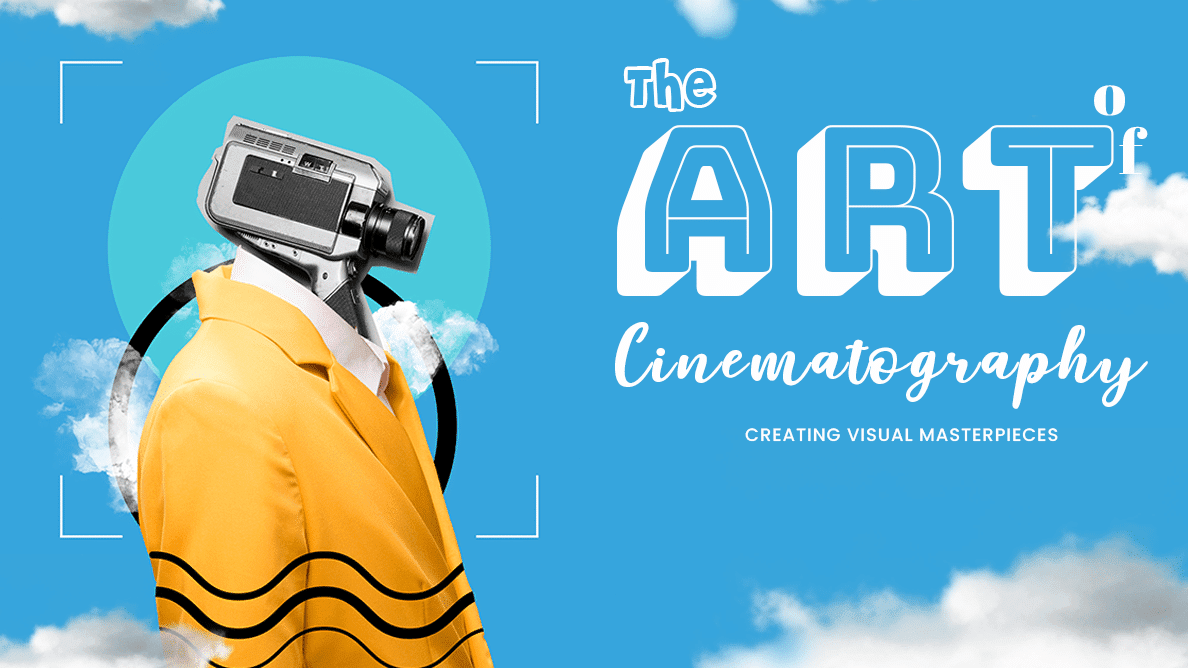Introduction:
Cinematography is the silent maestro behind the visual poetry of filmmaking. It goes beyond mere technicalities, elevating a movie from a series of moving images to a symphony of colors, composition, and emotion. The art of cinematography is an intricate dance between the camera, light, and storytelling. In this exploration, we unravel the nuances of cinematography, celebrating the craft that turns a film into a visual masterpiece.
Understanding Cinematography:
At its essence, cinematography is the art and science of capturing images on film or, more commonly today, digitally. However, it transcends the mechanical act of recording; it is about storytelling through visuals. Cinematographers, also known as directors of photography (DP), collaborate with directors to translate narrative concepts into captivating images that convey emotions and immerse the audience in the story.
Visual Language:
Cinematography is a language of visuals—a non-verbal communication that speaks to the audience’s subconscious. Colors, composition, camera movement, and lighting are the building blocks of this visual language. The skilled cinematographer weaves these elements together to create a cohesive and evocative tapestry that enhances the narrative.
Composition and Framing:
The frame is the canvas of cinematography, and how it is composed directly influences the viewer’s perception. Cinematographers meticulously frame each shot, considering elements like the rule of thirds, leading lines, and symmetry. Through thoughtful composition, they guide the audience’s focus and contribute to the film’s overall aesthetic.
Lighting as a Brushstroke:
Lighting is perhaps the most transformative tool in a cinematographer’s kit. It is not merely about illuminating a scene; it is about sculpting and painting with light. The direction, intensity, and color of light can convey mood, emphasize details, and evoke emotions. Mastery of lighting is a hallmark of great cinematography.
Color Palette and Mood:
The choice of colors in a film is a deliberate decision that influences the emotional tone. Cinematographers work with production designers and costume departments to create a cohesive color palette that complements the narrative. Warm tones may evoke intimacy, while cool tones can convey detachment or melancholy. The art lies in using color to enhance the story’s emotional impact.
Movement and Dynamics:
Camera movement is a dynamic aspect of cinematography that adds layers to storytelling. From static shots to sweeping pans, crane shots, and handheld sequences, the movement of the camera can evoke tension, convey urgency, or provide a sense of serenity. Cinematographers choreograph these movements to immerse the audience deeper into the narrative.
Lens Selection and Depth of Field:
Cinematographers carefully select lenses to achieve specific visual effects. The choice of lens impacts the depth of field, determining what is in focus and what is blurred. A shallow depth of field can isolate a subject, drawing attention to it, while a deep depth of field may capture a vast landscape in sharp detail.
Collaboration with Directors:
The cinematographer’s collaboration with the director is paramount. Together, they conceive the visual language of the film, making decisions about camera angles, shot sequences, and visual motifs. The synergy between the director’s vision and the cinematographer’s expertise is the bedrock of a visually compelling film.
Innovative Techniques:
The best cinematographers are often pioneers, pushing the boundaries of traditional techniques to create fresh and innovative visuals. Whether it’s experimenting with unconventional camera rigs, employing drone cinematography, or exploring virtual production, embracing innovation keeps cinematography vibrant and ever-evolving.
Emotional Resonance:
Beyond the technical aspects, great cinematography taps into the emotional core of the audience. It elicits feelings, conveys subtext, and enhances the overall impact of the storytelling. A well-shot scene has the power to linger in the viewer’s memory, leaving an indelible mark long after the credits roll.
Iconic Cinematographers:
The world of cinematography has been graced by legendary artists whose work has left an indelible mark on the industry. Figures like Roger Deakins, Emmanuel Lubezki, and Gordon Willis are celebrated for their mastery of the craft, contributing to cinematic masterpieces that have shaped the visual language of filmmaking.
Advancements in Technology:
The landscape of cinematography has been significantly influenced by technological advancements. High-resolution digital cameras, advanced CGI, and cutting-edge post-production techniques provide cinematographers with unprecedented tools to realize their creative vision. Technology serves as an ally, expanding the possibilities of visual storytelling.
Conclusion:
Cinematography is the heartbeat of filmmaking, breathing life into stories through the lens of a camera. It is an art form that balances technical precision with creative intuition, resulting in visuals that resonate with audiences on a profound level. The craft of cinematography is an ever-evolving journey, shaped by innovation, collaboration, and the relentless pursuit of visual excellence.
As we celebrate the art of cinematography, it is a reminder of the profound impact visuals have on storytelling. The next time you find yourself immersed in a film, take a moment to appreciate the visual symphony orchestrated by the cinematographer—a maestro whose brushstrokes on the canvas of light and shadow transform a script into a visual masterpiece that transcends the screen.
PromoEdge Media, a dynamic production house, specializes in crafting compelling visual narratives that captivate audiences. With a keen focus on innovation and creativity, they bring ideas to life through cutting-edge filmmaking and content creation.



